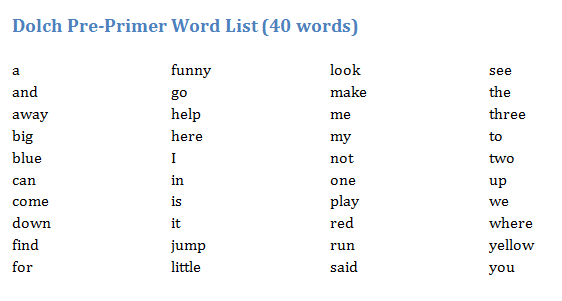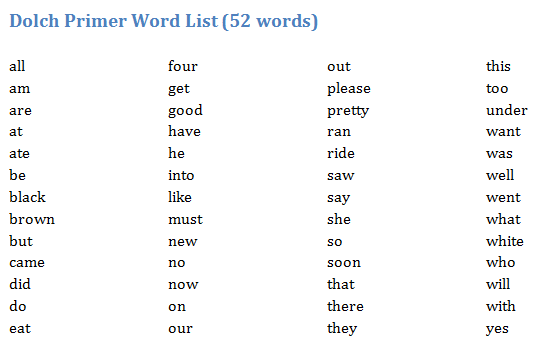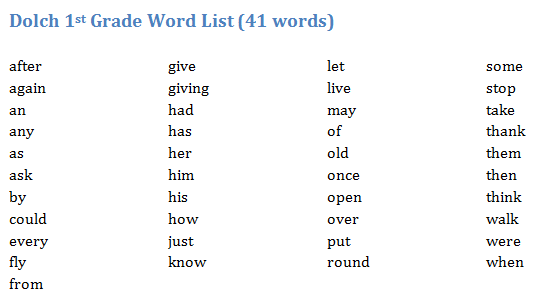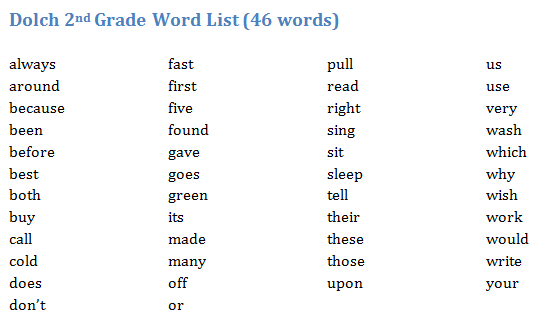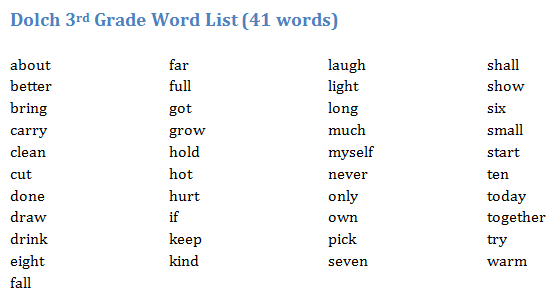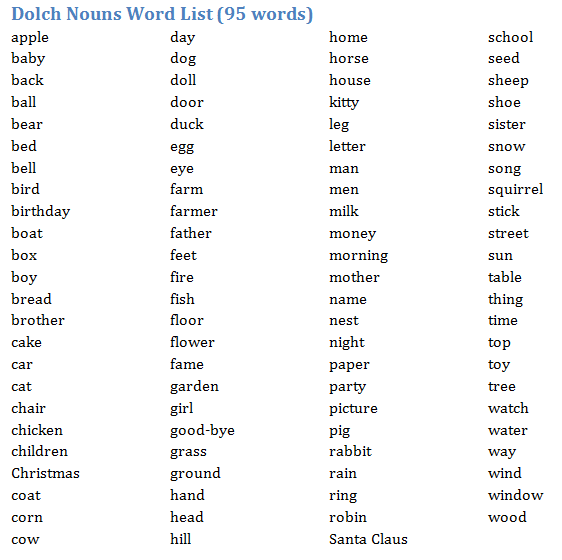Beginning Readers
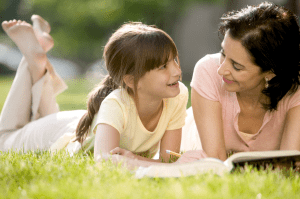
What are Beginning Readers?
Beginning Readers (also called Easy Readers) are books designed specifically to help children learn to read. There are many different publishers of these books and most of them divide their books into reading levels. However, it is important to note that there is no standardization among publishers in how reading levels are assigned.
Despite this fact, most Beginning Readers share similar features. They contain many sight words—words whose spelling is not straightforward and cannot be sounded out according to the rules. They have a larger print size and simpler vocabulary than traditional picture books. The pictures or illustrations usually match the words on the page to provide children with clues to help them understand the story.
How are Beginning Readers organized at the Marshall District Library?
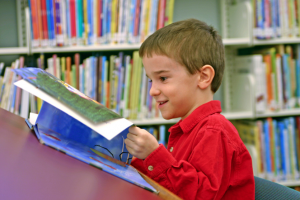
Our collection of Beginning Readers includes both fiction and nonfiction titles. All Beginning Readers have a call number that begins: JE BEGIN READER plus the first three letters of the author’s last name. For example, the call number for Cynthia Rylant’s Mr. Putter & Tabby Feed the Fish is JE BEGIN READER RYL. Most Beginning Readers are organized into three levels:
- Level One (1): This is the easiest level – for those children just beginning to learn to read. Books at this level usually have very simple vocabulary and one sentence per page. Illustrations and white space take up most of the room on each page.
- Level Two (2) Books at this level have longer sentences, more complex plots, and an occasional unfamiliar word.
- Levels Three & Four (3 & 4): These are the most difficult levels. Books at these levels have longer sentences, and the plot and vocabulary are more complicated. There are fewer illustrations and the books may even be divided into short chapters.
Moving beyond Beginning Readers
Once your child is reading on his or her own, they can move on to beginning chapter books, both fiction and nonfiction. Although these books are generally longer than beginning readers with more advanced vocabularies and plots, they still include ample pictures to help children understand the text.
Beginning chapter book series include:
- American Girl (J AME)
- A to Z Mysteries (J ROY)
- Big Nate (J PEI)
- Boxcar Children (J WAR)
- Cam Jansen Mysteries (J ADL)
- Disney Fairies (J DIS)
- Encyclopedia Brown (J SOB)
- Geronimo Stilton (J GER)
- Junie B. Jones (J PAR)
- Magic Tree House (J OSB)
- 39 Clues (J THI)
How do I know if a book is at the right reading level for my child?
Remember, the reading levels assigned by the publishers and here at the library are only general guidelines. Reading abilities vary. One way to help your child find an appropriate book for his or her reading level is by using the Five Finger Test. Have your child:
- Open the book to the middle and choose any page to read.
- Read the page (aloud if possible).
- Put out 1 finger for every word he or she does not know or cannot pronounce.
Here’s the finger guide:
- 0 Fingers: This book is too easy. Choose another book.
- 1 Finger: This book is OK.
- 2 Fingers: Still good.
- 3 Fingers: Could be too hard.
- 4 Fingers: Will be too difficult to read and understand without help.
- 5 Fingers:This book is too difficult. Choose another book.
from: www.abcteach.com
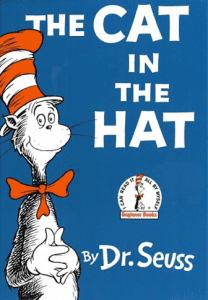
(Theodor Seuss) Geisel Award
Theodor Geisel, aka Dr. Seuss, is generally credited with writing the first beginning reader for children. He set out to write a book with lots of new-reader vocabulary (also called sight words) that kids would enjoy reading. The result? The Cat in the Hat. In 2006, the American Library Association started the Geisel Award, which is given annually to the author(s) and illustrator(s) who demonstrate creativity and imagination to engage children in reading.
Click the links below to find the award winners in our catalog:
- 2017 – We Are Growing! by Laurie Keller
- 2016 – Don’t Throw It to Mo! by David A. Adler
- 2015 – You Are (Not) Small by Anna Kang
- 2014 – The Watermelon Seed by Greg Pizzoli
- 2013 – Up, Tall and High! by Ethan Long
- 2012 – Tales for Very Picky Eaters by Josh Schneider
- 2011 – Bink and Gollie by Kate DiCamillo
- 2010 – Benny and Penny in the Big No-No! by Geoffrey Hayes
- 2009 – Are You Ready to Play Outside? by Mo Willems
- 2008 – There is a Bird on Your Head by Mo Willems
Visit the Geisel Award Winner & Honor Books website for a complete list of all winners.
Sight Words
A sight word is a word whose spelling is not straightforward and, therefore, does not enable a learning reader to determine what spoken word it represents just by sounding it out according to the rules. Learning readers recognize sight words from having memorized them or by drawing their meaning from context.
The Dolch Word List is a list of commonly used English words that was originally compiled by Edward William Dolch, PhD and published in his 1948 book, Problems in Reading. Edward Dolch compiled this list based on children’s books of the period, and selected 220 “service words” which children need to recognize in order to achieve reading fluency. Dolch excluded nouns from his main list, but did compile a separate 95-word list of nouns.
Marshall District Library Resources:
- Meet the Sight Words Level 2 (JE MEDIA KIT OXL 2)
- Includes 12 beginning reader books + 1 DVD
- Meet the Sight Words Level 3 (JE MEDIA KIT OXL 3)
- Includes 12 beginning reader books + 1 DVD
- Meet the Colors (JE DVD MEE)
- Meet the Letters (JE DVD MEE)
Beginning Readers (also called Easy Readers) are books designed specifically to help children learn to read and contain many of the Dolch sight words. They have a larger print size and simpler vocabulary than traditional picture books. The pictures or illustrations usually match the words on the page to provide children with clues to help them understand the story. MDL’s Beginning Reader collection is located on the purple bookshelves in the Youth Area and all have a call number starting with JE BEGIN READER.
Internet Resources
Word Lists
To download sight word information as a PDF (for easier printing), click here.
